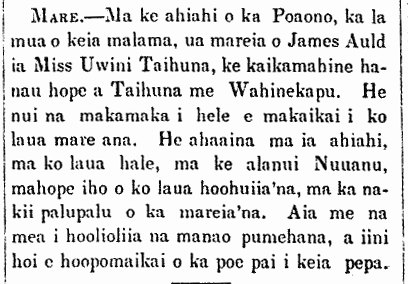ADVENTURERS IN HAWAII WENT TO SETTLE BONIN ISLANDS IN 1830
Historical Work Soon to Be Published Will Contain Letters From Honolulans
New and interesting facts concerning the conditions and history of the Hawaiian Islands during the first few decades of last century are promised in a history of the Bonin Islands which will be published in October by Constable London.
One feature is the tale of how the British consul in Honolulu in 1830 sent out a band of colonists to settle the Bonin Islands an attempt at colonizing the tiny archipelago for the British Empire which was destined to failure, for the islands now belong to Japan.
The book is by Rev. L. B. Cholmondeley, honorary chaplain of the British embassy at Tokio, who was for many years in charge of the mission at the Bonin group, and has since made frequent visits there. Continue reading


